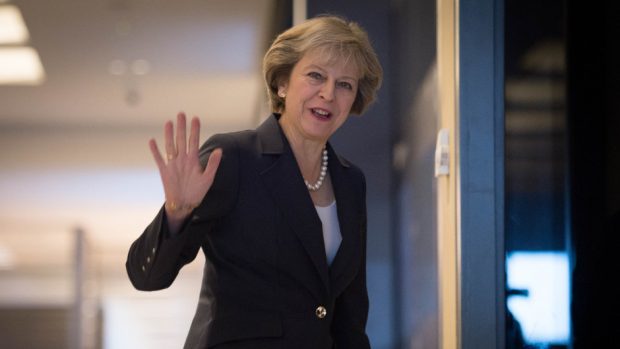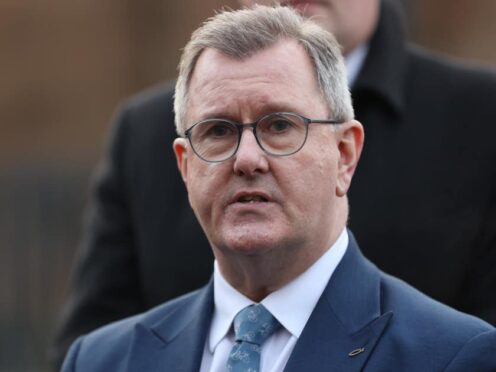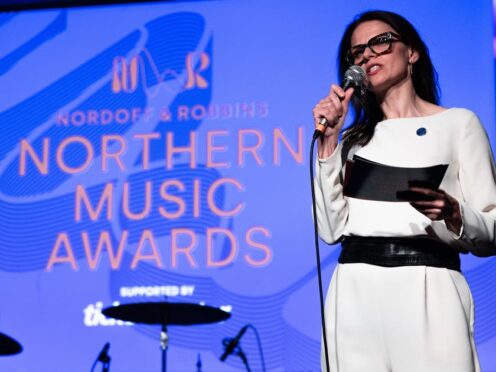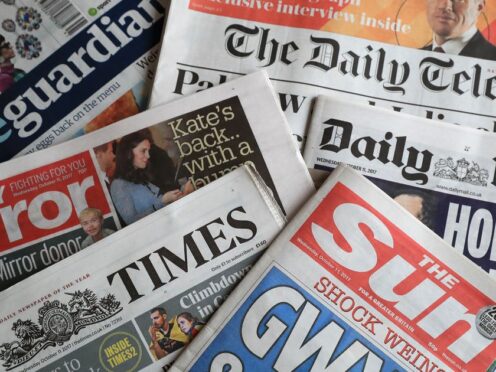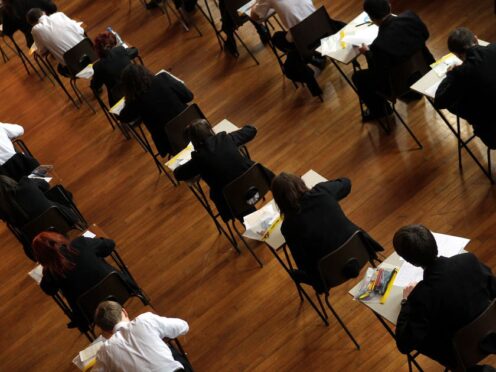Theresa May took a little while to get going when she addressed the Tory party conference yesterday.
Her Brexit speech started with a few of her well rehearsed cliches – “Brexit means Brexit”, “We are going to make a success of it”, “Britain is going to leave the EU”.
Cue groans all round.
But the prime minister quickly found her feet and soon showed she was in no mood to pull any punches.
First to take a hit were those arguing Article 50 can only triggered after the agreement of both Houses of Parliament.
They were not standing up for democracy, she insisted, but trying to subvert it.
Her next target was the Scottish Government.
The negotiations were the responsibility of the UK Government and “nobody else”, she said.
The UK would negotiate “as one UK” and leave the EU “as one UK”.
Her belligerence was very deliberate. It was an unambiguous message to Nicola Sturgeon – we are the ones taking the decisions.
Mrs May was similarly bullish as she outlined what Britain’s future relationship with the EU might look like.
It was not a case of a trade-off between controlling immigration and single market access, she said.
The British public did not vote to leave so control of UK borders could be relinquished a matter of months later.
Nor did they back Brexit to return to the jurisdiction of the European Court of Justice.
The process would not involve “negotiating all our sovereignty away again”.
Line by line, her meaning – to the party, to the devolved administrations, to EU leaders – was unmistakeable.
I’m in charge.
